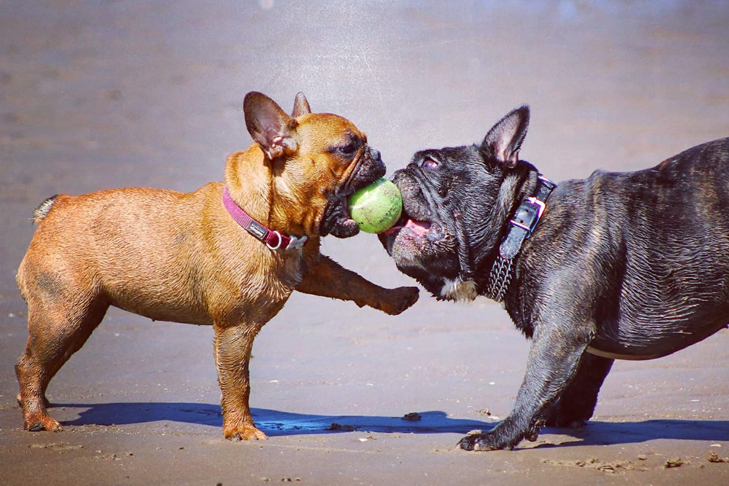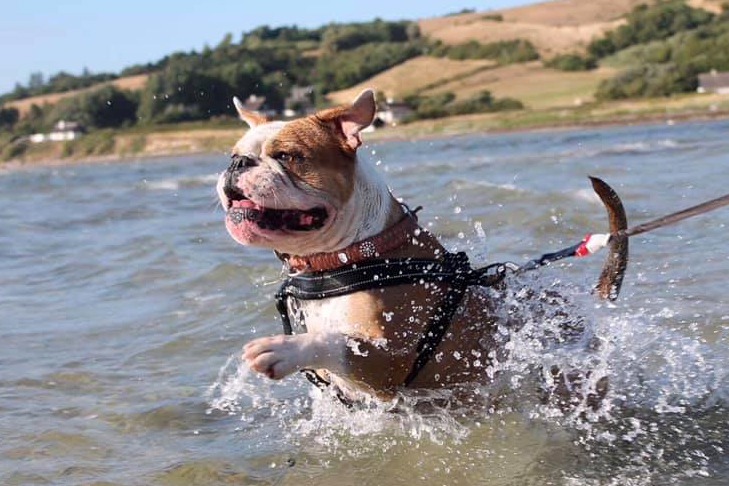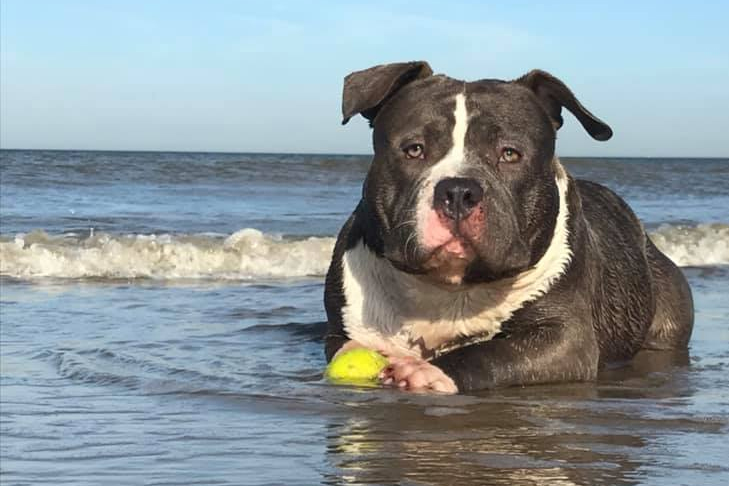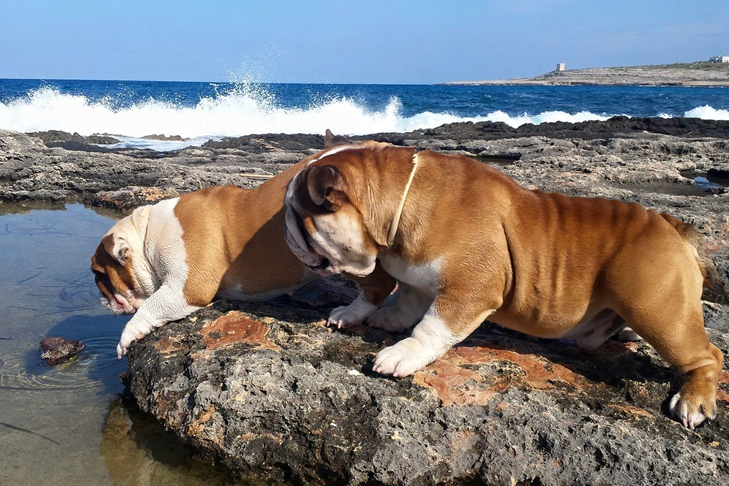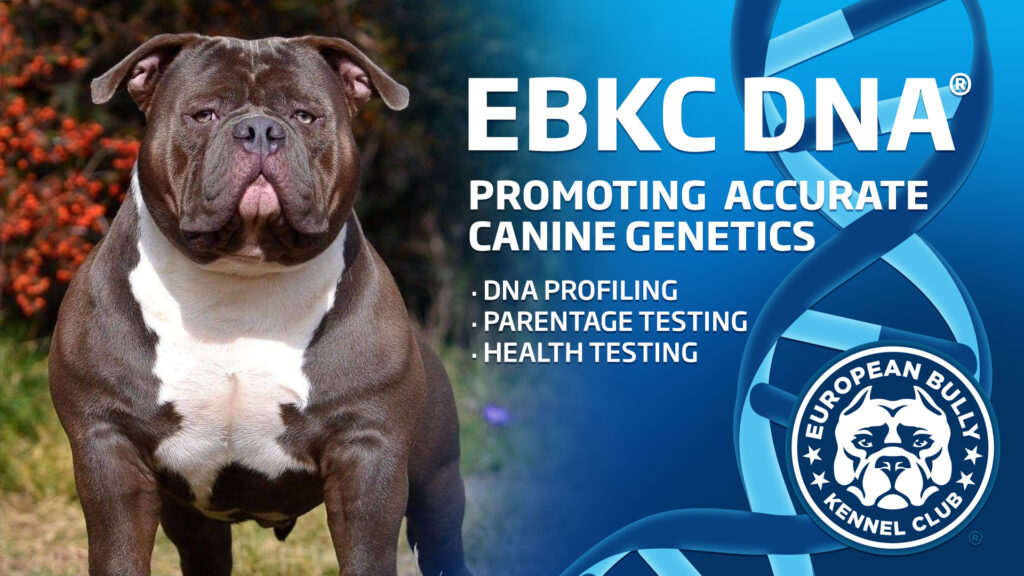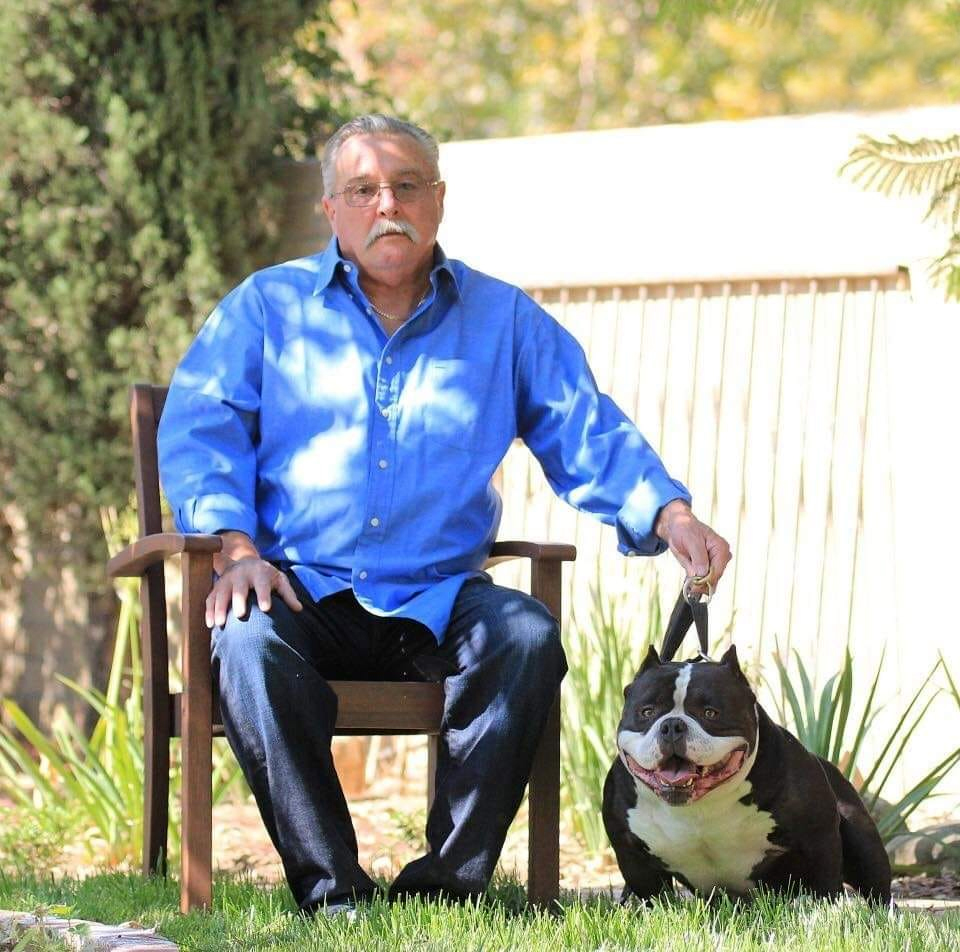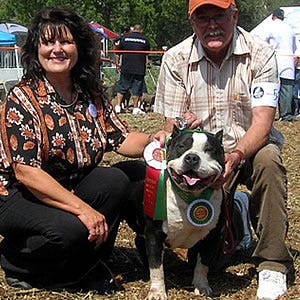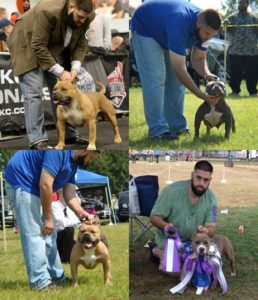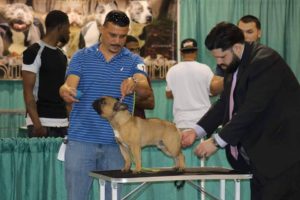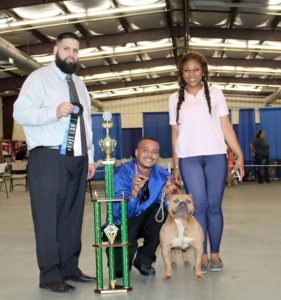Over the past decade, a troubling movement has emerged within the bully community — one that has nothing to do with breed improvement, preservation, or ethical breeding practices. The so-called “Exotic Bully” or “Exotic Dog” has been promoted as a new wave of innovation, a supposed evolution of the American Bully. In truth, it represents the exact opposite: the degradation of a breed that was built on structure, balance, health, and temperament.
This is a global tragic phenomenon that has spread across various countries around the world, misleading countless individuals and corrupting the very foundation of what responsible breeding stands for. What began as an underground trend has now reached alarming levels of exposure — a dangerous cycle of misinformation, greed, and human vanity that has placed profit above principle and life itself.
Let’s be clear — the “Exotic” is not a breed. It is a fabricated label used to disguise irresponsible breeding practices that deliberately produce dogs with extreme deformities and life-limiting conditions. Chief among these is dwarfism (chondrodysplasia) — a genetic disorder that causes disproportionate limbs, spinal malformations, and severe mobility and respiratory issues.
What is often falsely marketed as “micro,” “compact,” or “rare” are, in reality, visible signs of genetic deformity. These dogs are not healthy variations — they are victims of deliberate manipulation. Reports within the global community have documented heart murmurs, seizures, neurological dysfunctions, and early deaths, often within the first few years of life. Many live with constant pain, joint instability, breathing difficulties, and chronic skin infections.
To portray these issues as desirable or “unique” is cruel and irresponsible. Breeding for deformity is not progress — it is exploitation. The blindness towards this tragic direction, and the silent acceptance by many within the community, is as tragic as the dogs themselves.
Even more concerning is how this deception has infiltrated the public perception of the breed. Many newcomers have been misled into believing that these malformed “Exotics” are American Bullies — which is the greatest misconception, the Big Lie and deception in the history of this breed. The American Bully was never meant to look or function this way. This misinformation has not only damaged the reputation of legitimate breeders but has also confused and divided an entire community that once stood for unity, health, and purpose.
And let us not ignore the uncomfortable truth — 99% of the so-called “Exotic” breeders are not professional breeders at all. They do not study genetics, structure, or temperament. They see dogs purely as a commercial hustle, breeding for profit rather than preservation. Their actions are driven by greed, not love of the breed, and the dogs pay the price with their health and their lives.
The American Bully was created through selective, ethical breeding for structure, health, and temperament — not exaggeration or dysfunction. It was never meant to be a novelty or a laboratory experiment. It was meant to represent strength, confidence, and companionship in harmony with sound genetics. You will never see an “exotic” hybrid dog live past an old age that a healthy, well-bred American Bully can achieve — because nature itself rejects imbalance.
For that reason, any Kennel Club, registry, breeder, or “judge” who promotes, supports, or defends these deformed dogs should not be applauded or endorsed. And make no mistake — no credible person, cynologist, breeder, conformation judge, Kennel Club, or show organiser can ever be taken seriously if they associate themselves with these man-made train wrecks.
Those who truly care about the American Bully must take a stand. Education, accountability, and integrity are the only way forward. We must expose misinformation, reject unethical trends, and protect the genuine American Bully from extinction by distortion.
The Registered Kennel Clubs (EBKC) maintains a clear and unwavering position:
Our Kennel Club will never affiliate, endorse, or associate with any club, organization, or individual — directly or indirectly — involved in the promotion, exhibition, or breeding of so-called “Exotic Bullies.”
This is not about preference — it is about preservation.
The health, dignity, and future of the breed depend on it.
Issued by The Registered Kennel Clubs – EBKC International Board
For Breed Integrity, Health, and Ethical Standards Worldwide

